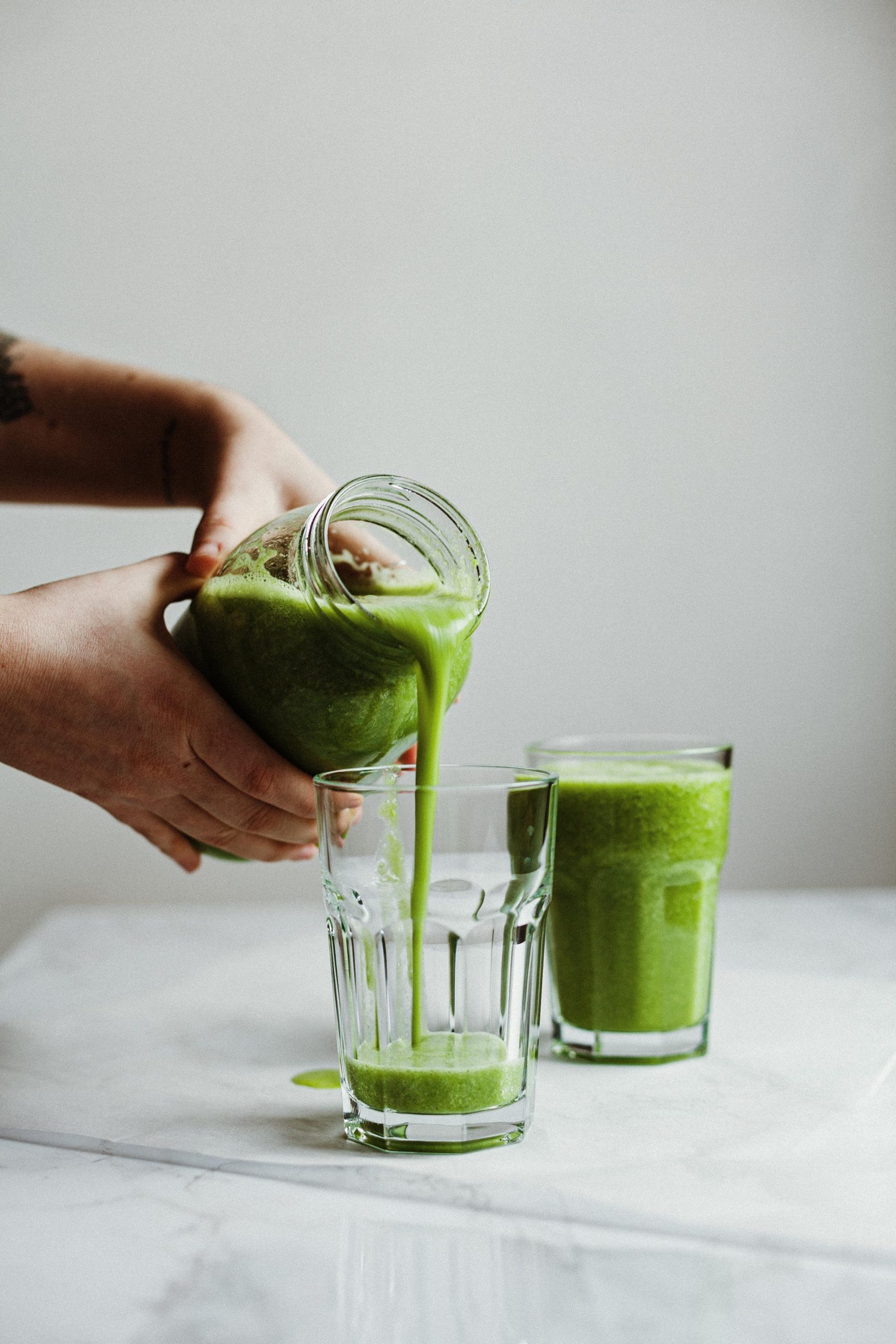Smoothies can be a great addition to a balanced diet, but only if they’re done right. One of the most common complaints we get about smoothies is that they aren’t satisfying, and leave you hungry 30 minutes later. But with a few tweaks, you can build a balanced smoothie that keeps you feeling satisfied and fuller for longer – perfect as a delicious meal in your busy schedule or as a nourishing snack. Here are our tips about how to make a healthy smoothie that is substantial and satisfying.
Written by Mia Achhorner, student Dietitian & Amanda Smith, Accredited Practising Dietitian
Tip #1: Protein
Including a source of protein in your smoothie will help you feel fuller for longer. Protein slows the absorption of carbohydrate, meaning that it buffers and stabilises your blood sugar levels. This helps to avoid a spike, followed by a drop, in blood sugars which can leave you feeling sluggish. Some of our favourite ways to add protein into a smoothie are through Greek yoghurt, soy yoghurt, cow’s milk or fortified soy milk, silken tofu or a protein powder.
Tip #2: Carbohydrates
Carbohydrates act as our body’s primary fuel source, helping us to perform at our best both mentally and physically. Many foods rich in carbohydrates are also great for our gut health. Some delicious carb sources to include in your smoothie are rolled oats, Weetbix, bran or use your fruit as a carb source (such as banana).
Tip #3: Healthy Fat
Healthy fats have a variety of benefits, including improved brain function, stabilised blood glucose levels and reduced inflammation. Like protein, fats also keep you satiated, as they take longer to digest. Some great options to incorporate in smoothies are avocado, seeds, a handful of nuts (or nut butter) or LSA.
Tip #4: Colour and fibre
Add some colour! This helps you reach your daily dose of micronutrients and also bumps up your fibre intake. Both of these are vital to support your gut health and keep you fuller for longer. Similar to protein, fibre is also a great way to buffer the sugar rush you’d usually get from drinking juices and other sweet beverages by slowing down digestion.
Some of our faves are berries (for the antioxidants, pretty colour and taste, of course), cucumber, fruit (fresh or frozen), ginger, turmeric, cauliflower, purple cabbage, zucchini, spinach or kale (bonus tip: freezing things makes their taste milder so if you’re finding that your smoothies are tasting very “green”, it might be worth adding ingredients frozen).
Portions to aim for
This will vary depending on your requirements and activity levels, but a rule of thumb for a substantial smoothie, you will need:
- 1 cup milk of choice (opt for soy or cow’s milk to boost protein)
- 1 serve of fruit (1 cup or 150 g)
- 1 serve of veg (½ cup cooked, 1 cup raw or 75 g)
- 1 serve healthy fat (¼ avocado, 1 tbsp nuts/nut butter/LSA)
- 1 serve of carbs (this could either be your fruit source or ¼-½ cup rolled oats or 1-2 Weetbix)
- At least 20 g protein (this would look like 1 cup cow/soy milk + 100-150 g high protein yoghurt or 1 serve protein powder)
Read more: Struggling to find a good milk alternative? We break down popular milk alternatives in Australia to explore which are the best.
Explore more: Follow us on Instagram for even more simple-but-effective nutrition advice.

